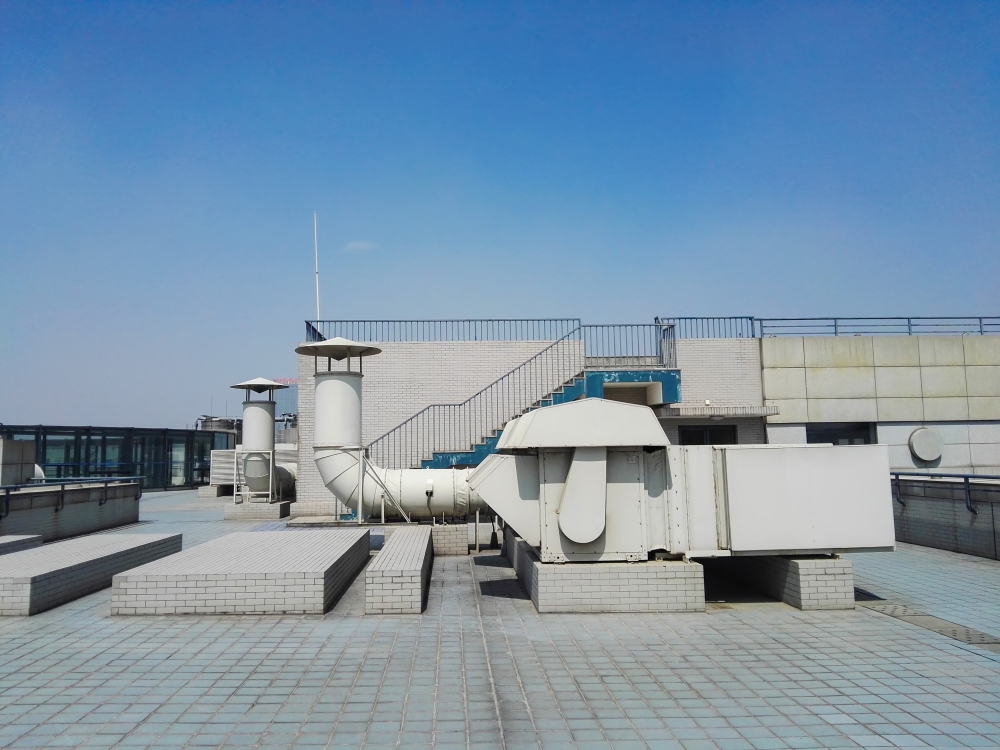Engineers consider themselves to be issue solvers, and the COVID-19 pandemic has demonstrated to be an issue like no other. While immunizations against the coronavirus are being produced and conveyed, engineers are taking a gander at indoor spaces, which have been involved in cultivating the spread of the infection. Even after the populace has created immunity against the virus that causes COVID, further developing indoor air quality will almost certainly stay a squeezing concern.
The genetic structure of the virus [SARS-CoV-2] was sequenced promptly after its disclosure, and it was finished with the assistance of the two scientists and engineers. Optical, electrical, mechanical, PC, and synthetic engineers were engaged with making that possible.
Major Contribution in multiple fields
Engineers are playing a great role to scale-up therapeutics and vaccines. Scientists are finding the antibodies — however, there’s additional engineering in it — yet when you go from making 100 dosages to a billion dosages, which is a colossal engineering challenge. The equivalent is valid for assembling therapeutics. Engineers are dealing with that at present.
Engineers are scaling up with the integrity of the supply chain — getting hardware-like covers to where they’re required and getting the suitable synthetics together to make antibodies and therapeutics. Those come from everywhere in the world.
They have also applied artificial reasoning and AI to work with the quick advancement of therapeutics and immunizations. Man-made reasoning cycles a great deal of data to recognize promising courses to restorative intercessions.
Engineers are modeling the vehicle of aerosol drops as it identifies with the coronavirus transmission between two people and among gatherings, so effective countermeasures, such as improved ventilation, can be taken.
Technologies that engineers are bringing to the response effort
The speed and size of indicative tests for COVID-19 have improved enormously, and engineers have brought computerized reasoning, robotization, and interaction control to the industry’s advancement of those diagnostics. The increment in testing ability is expected in great measure to these engineering tools. One significant component of engineering brings risk modeling.
In April, the NAE dispatched the COVID-19 Call for Engineering Action to hatch thoughts for innovations that could help react to the pandemic. Almost 600 ideas came in, and we limited it to 10 — one model is a self-cleaning cover — and groups tried out the thoughts for investment and advancement. It was fantastic. I’ve heard from a portion of the members that financial backers are keen on some of the ideas.
Recycling
In recycling variable air volume systems so widespread in the U.S., UV treatment systems might be the smartest option to cut the virus load. Studies show the adequacy of UVGI as being identical to an extra at least twenty air changes each hour in diminishing the concentration of irresistible virus. Nardell said the upper air approach might be particularly powerful due to the measure of blending that can be accomplished.
Engineers have the instruments to break these associations and give further developed indoor air quality without harming the climate. Like different challenges that have been met and settled, it will take difficult work, innovation, and a determination to see past what appear to be tradeoffs to the win-win solutions that address the best engineering practices.
A commonplace VAV system may have six stockpile air changes [per hour], and the open-air that you are acquiring may add up to a couple of air changes. That could be a superior method to lower the concentration of airborne particles than going to 100% outside air, which is expensive and essentially wastes your investment in filters.
Smart Filtration
According to air quality analyst Kathleen Owen, filtration has highlighted some significant innovations as of late, a previous ASHRAE bad habit chair and presently principal at Owen Air Filtration Consulting. A large number of these new technologies incorporate electrostatic catch-like manufactured non-woven filters. Filters that give a proper equilibrium of mechanical and electret productivity will quite often outflank a channel that depends exclusively on mechanical effectiveness. The electrostatic impacts in an electret-charged media are especially valuable in increasing the catch effectiveness for submicron particles.
Mechano-electret filters likewise convey lower airflow resistance, which translates straightforwardly to reductions in energy utilization and cost. In any case, the combination of various electret treatment patterns or charge dispersions implies that all electret filters are not made equivalent.
Customized ventilation system
Scientists have fostered a customized ventilation system just for airplanes in cabins with fixed seats to make smart ventilation measures. We put a diffuser in your legroom in the aircraft, which implies in the seat before you on the floor level. This air is cooler, and it frames a bit of breeze going into your body. Your body has a temperature of around 98 °F. The air temperature in the cabin is about 75 °F. That means the body is warmer, which implies it will generate a sort of a thermal plume. Consequently, this warm air will go up and bring the clean air from the lower part to the breathing level step by step. So you inhale clean air, which is only for you. Then, when you inhale, the air is warmer than the air temperature in the cabin. So the warm contaminated air will gradually move up.
To conclude
The viability of the country’s and world’s reactions to the challenges posed by the COVID-19 pandemic, and the recovery of both our economy and social prosperity, will rely upon the ability of scientists, engineers, and medical professionals.

